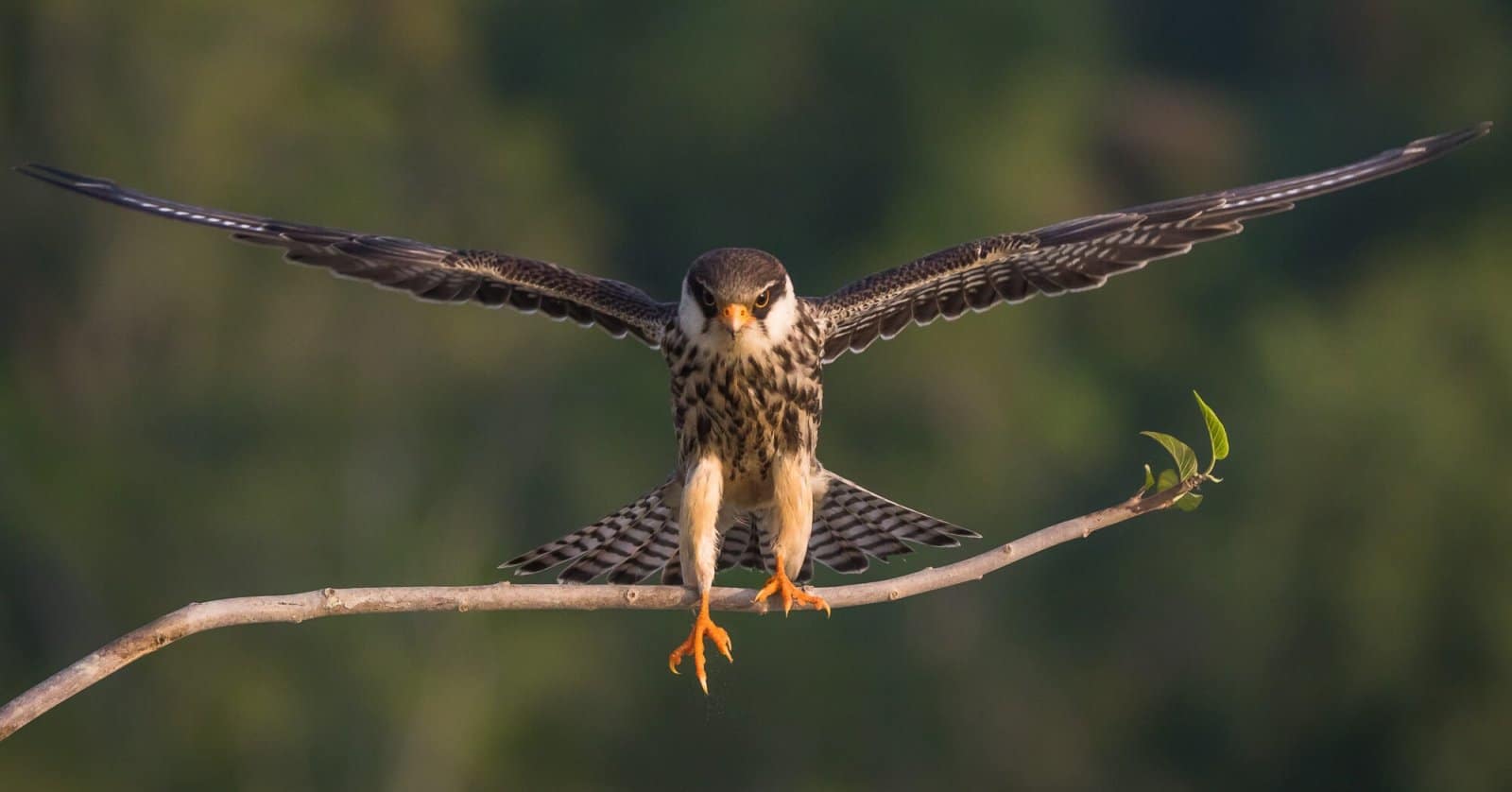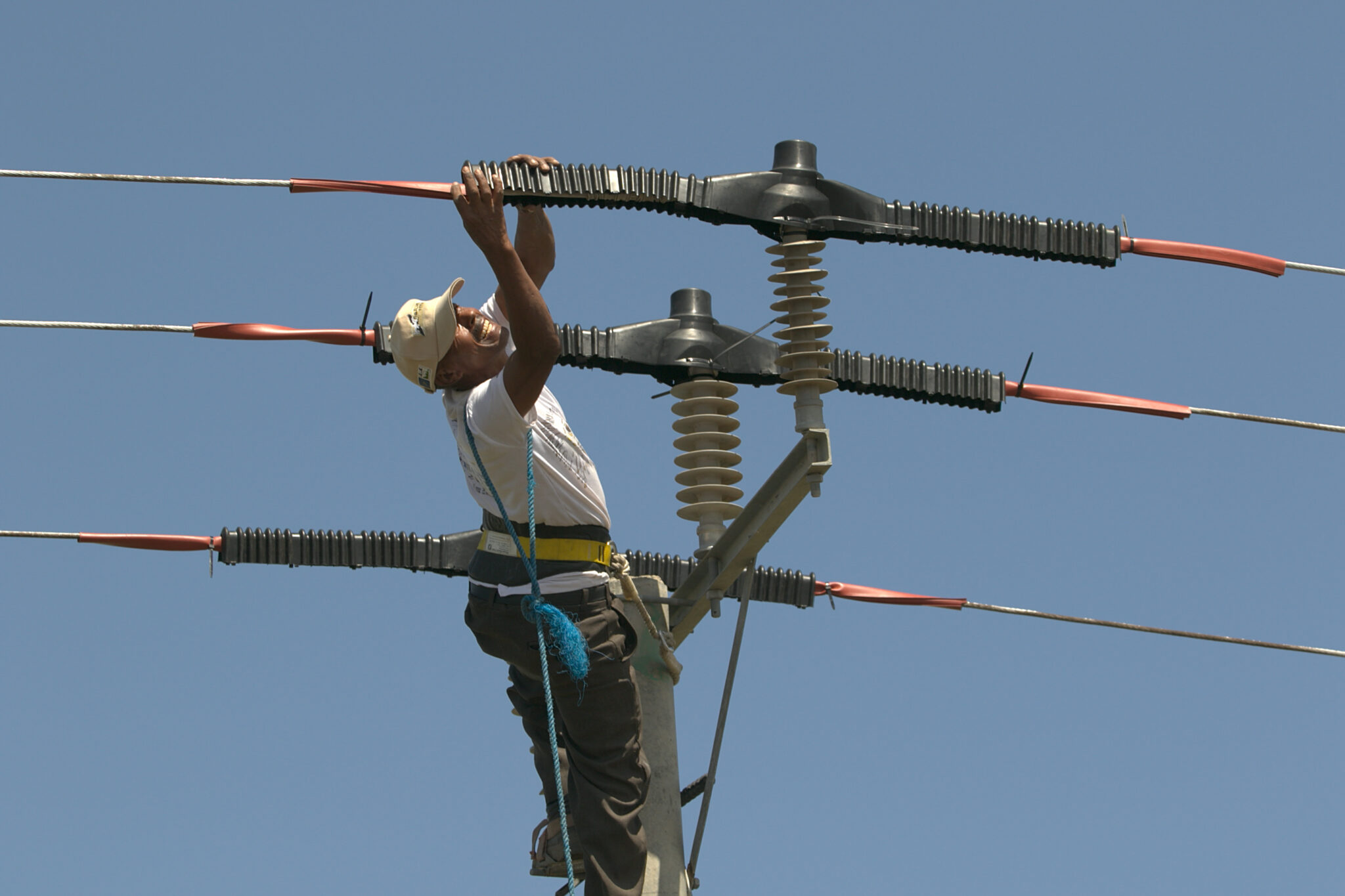Working with industry to provide safe passage for Migratory Soaring Birds
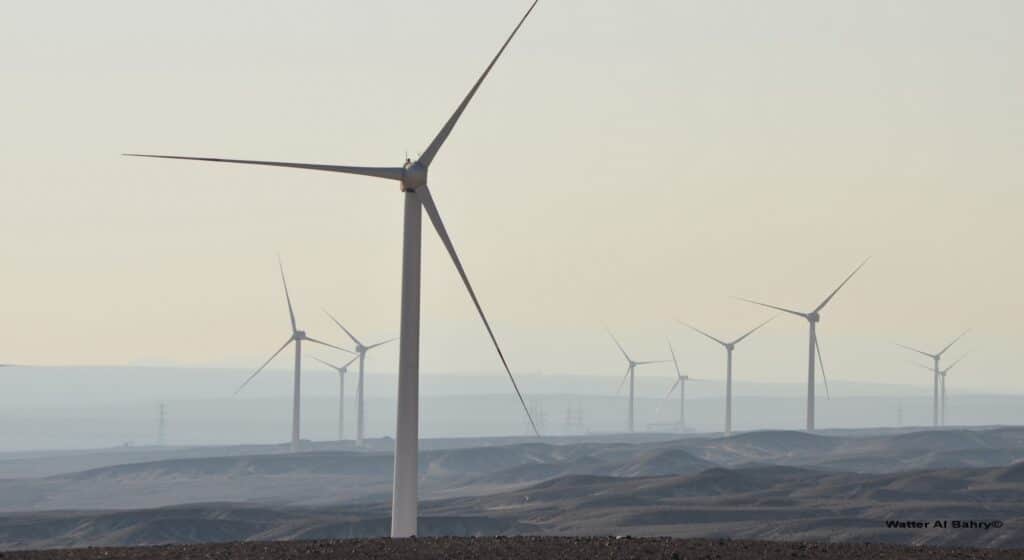
Tens of thousands of soaring birds cross the Red Sea and Great Rift Valley every year during seasonal migration. Unfortunately, huge development pressures threaten these magnificent animals.
Many of these threats can be traced back to our increasing consumption of energy and food. Tourism is also creating significant changes in land use which threaten critical habitats. Finally, the indiscriminate hunting and illegal killing of birds is shockingly widespread in the region, with devastating consequences and mortality rates.
Luckily, governments are starting to recognize the urgency of protecting nature. “There should be a peace treaty between Man and the tree as well as Man and birds, because we continue to transgress upon them,” said Michel Aoun, the President of Lebanon.
There are simple, straightforward solutions available.
Misplaced, poorly-located energy structures continue to spread across the globe. Power lines are one of the major causes of unnatural death for birds across the African-Eurasian migratory flyway, since soaring birds tend to perch or nest on the electricity poles, putting them at high risk of electrocution. Collision with wind turbines is an additional source of death and injury of birds. But if decision-makers incorporate wildlife conservation into the planning stage of their projects, they can easily avert this devastation. For example, locating energy infrastructure far from migration flight paths will make these routes infinitely safer for soaring birds.
“There should be a peace treaty between Man and the tree as well as Man and birds, because we continue to transgress upon them.”
Michel Aoun, the President of Lebanon
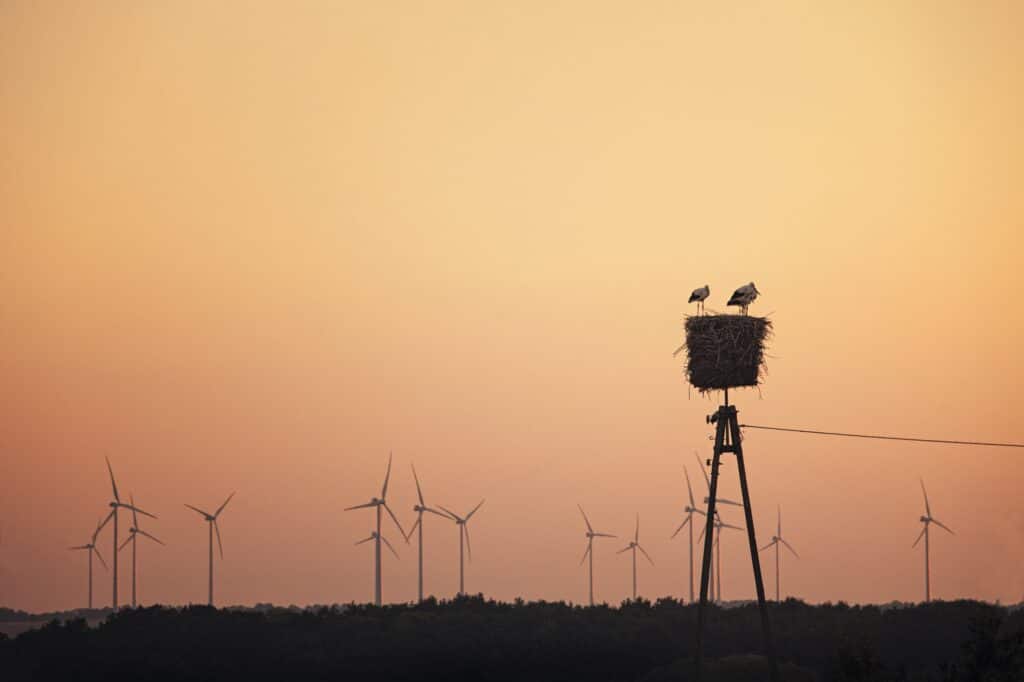
Illegal killing is also a scourge. Around 25 million birds are illegally killed or captured each year around the world, and this figure is increasing all the time. The promotion of sustainable hunting and better law enforcement can reduce the impacts on bird populations to a minimum.
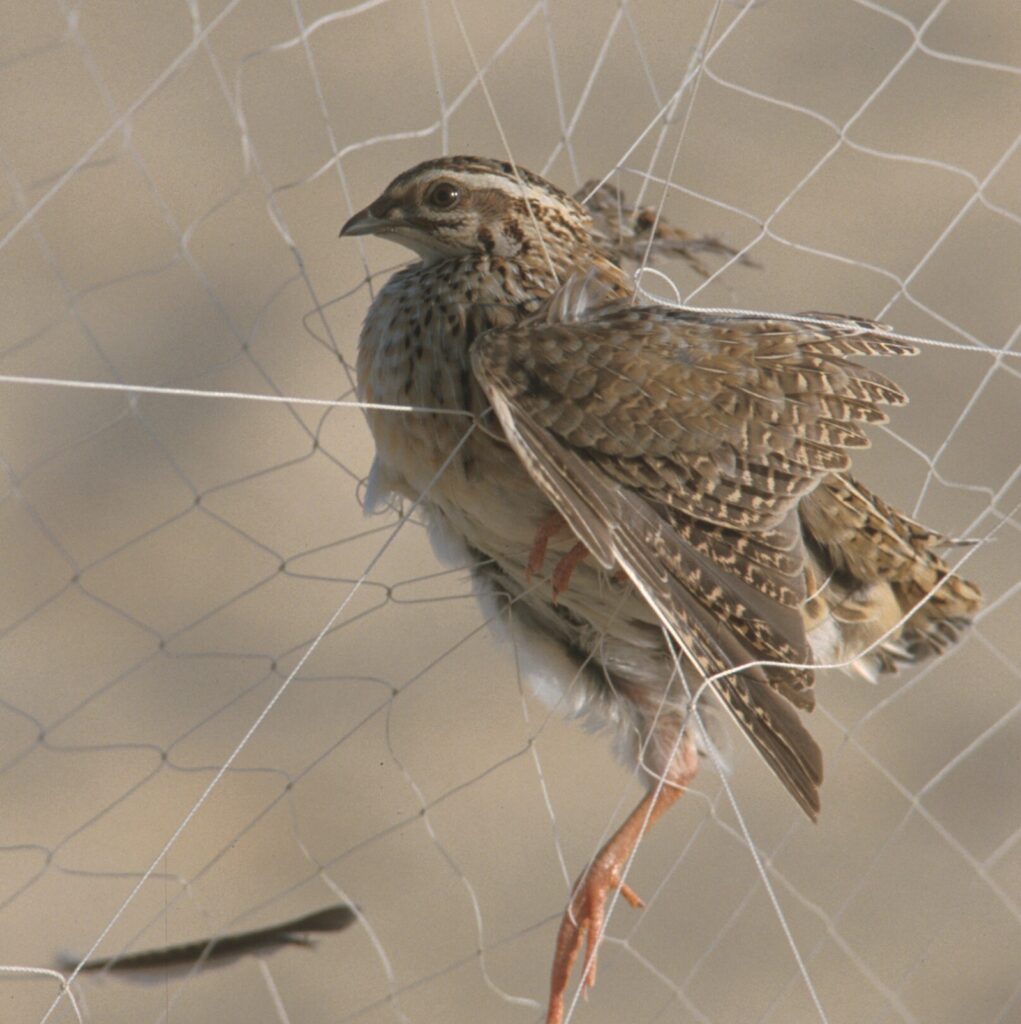
Perhaps surprisingly, landfill sites and waste water treatment plants can provide important resting and feeding habitats for migrating and resident birds. When properly designed and managed, these sites can offer considerable benefits to nature and birds that often go hand in hand with the obvious social, health and economic benefits.
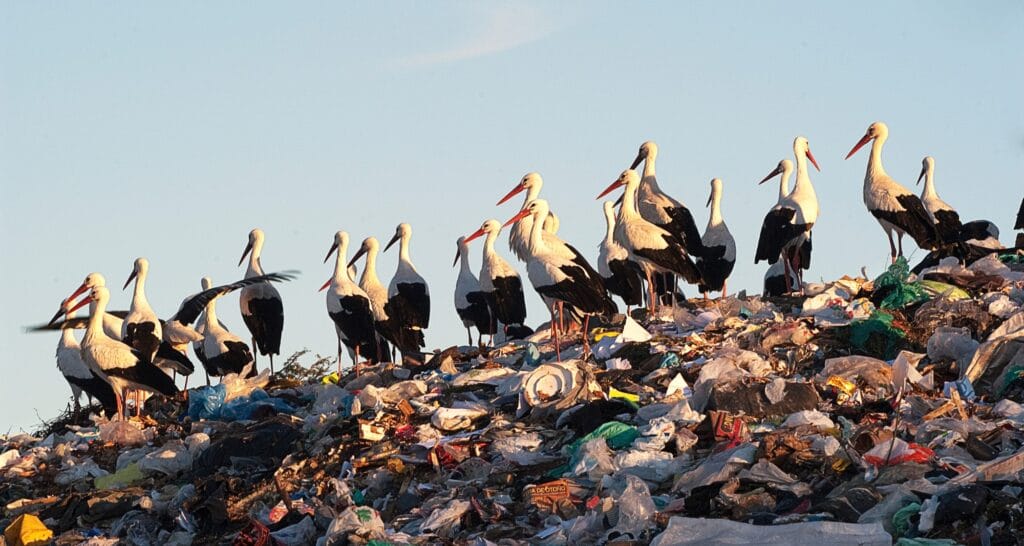
Birdwatching is a growing market internationally, yet still unexploited in the Middle East, despite its important economic potential. Businesses that take the protection of migratory birds into consideration can differentiate themselves from their competitors, becoming more attractive to regional and international tourists sensitive to environmental issues. Integrating birds conservation into tourism practices could prove a great asset for tourism sector.

